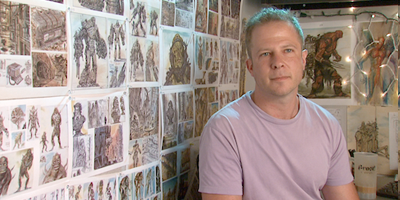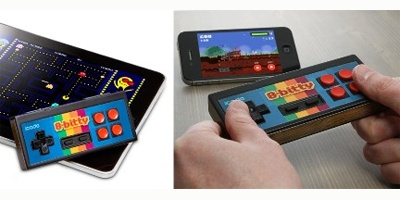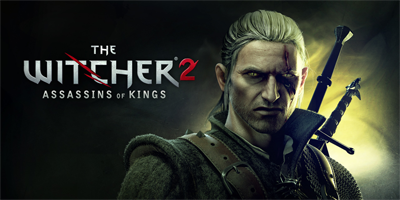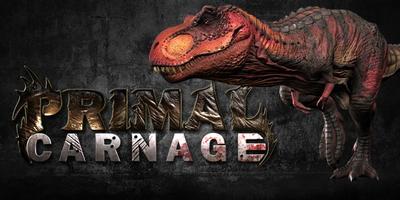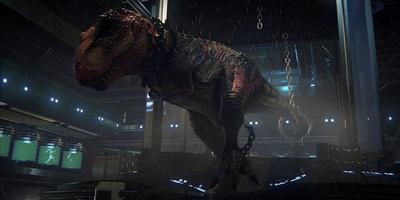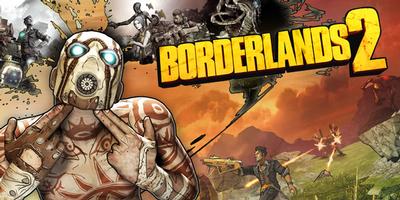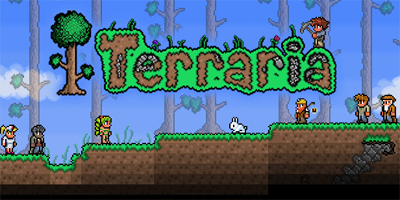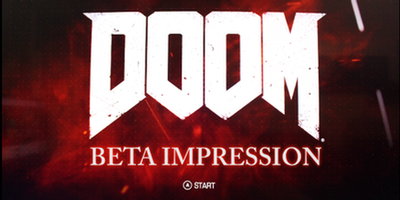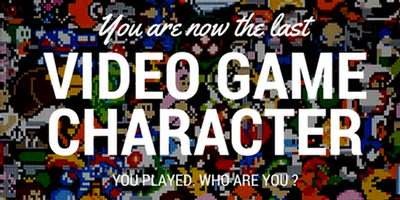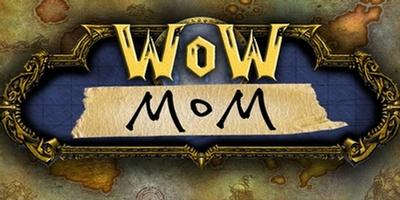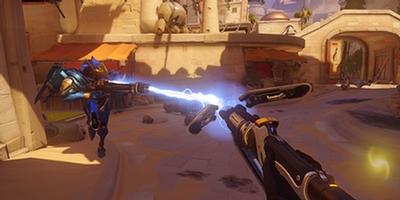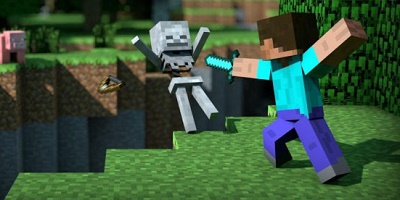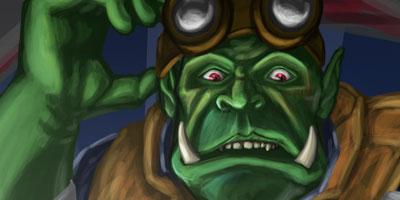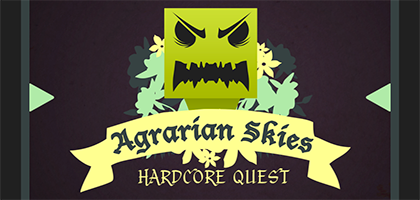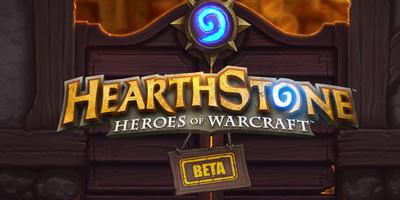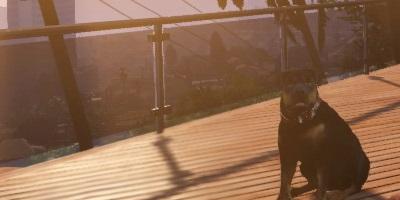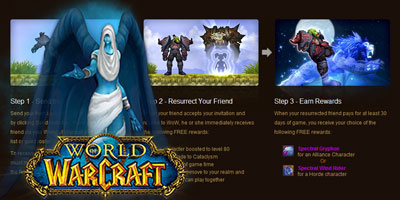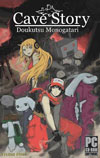
- by Bruce "Moose" Fraser
- Posted on February 12, 2012 @ 4:00 PST
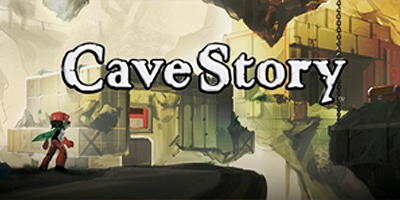
Cave Story +
Genre: Platform

The ESRB has rated this product:
Everyone 10+
Everyone 10+
11/22/2011 ( Steam )
Desc:
Arguably the most well-known indie game of all time, Cave Story features a completely original storyline wrapped with personality, mystery and hours of fast-paced fun. Cave Story is an action-adventure game from the critically acclaimed independent designer, Daisuke Amaya--or Pixel to his fans.
A few years back I played a game called The Underside. It was an indie title that took inspiration and a lot of charm from games like Metroid, Castlevainia, and more importantly, Cave Story; an already popular game from Studio Pixel, which I had never played until its “plus” release on steam late last year. Before this, it started as a freeware game, then was ported to Wii and 3DS, before returning to its roots on PC, where it was also featured in the Humble Indie Bundle #4, available to customers paying higher than the average.
Cave story is an adventure platformer, developed by one-man studio, Studio Pixel. At its core, it plays just like a game from the 90s, just as the games it was inspired by. The player runs, jumps and shoots in four directions, collecting power ups, and fighting enemies. In my first five minutes into the game, I stumbled on some spikes, which killed me instantly. This game doesn’t mess around.
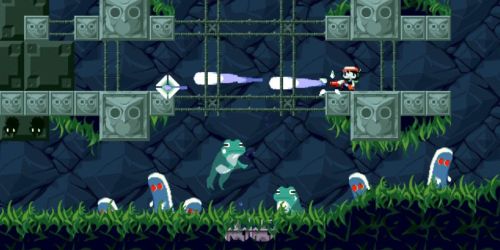
What happens when you press buttons
The player begins as a robot with no memory, and finds himself in an old cave on a giant floating island. He soon meets the Mimiga; a peaceful rabbit-like species who are oppressed by an evil “doctor” who captures, and transforms them into ultra-violent killing machines. So our hero embarks on a grand quest to save the day, and of course, meeting plenty of characters along the way.
Easily my favourite thing about this game, is how satisfying it is just to jump around or run. The movement is pixel perfect in a Super Mario Brothers way, and the shooting really lends itself to Metroid. Think about how you would kill a room full of space pirates, but with a gun that shoots bubbles which pop into lightning bolts. It actually has a much faster pace than any of the games mentioned, as the jumping challenges are often riddled with enemies to spice up the moment.
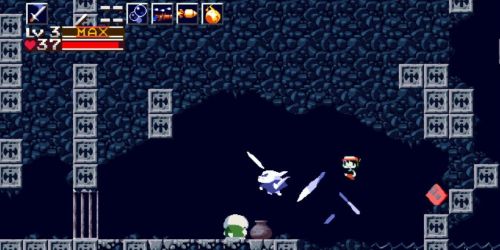
More importantly, the game rewards you for doing well. Whenever your character kills an enemy, it will drop an item, in most cases, a little triangle that gives your weapon experience points. In turn, it will level up that weapon, making it more powerful. However, if you get hit, some of that weapon experience is lost and it will lose power. This makes killing enemies much more wholesome, and pushes you to improve, not just die your way through every stage.
I had got to the point where I would mash the shoot button constantly, soon learning that after many sore hands, it’s important to pace yourself and carefully plan the best ways to approach a situation. Getting injured and losing weapon power just makes the game unnecessarily harder. I think anyone who has played a scrolling platformer will feel instantly at home with the controls and dynamics of it. It can get frantic, so people looking for action won’t be disappointed.
Why things are happening
The whole narrative of Cave Story is engaging and generously unraveled. The player is given absolutely nothing at the beginning, and the plot is gradually fed to you through cut scenes and investigation. Unfortunately, all scenes are un-skippable, and given the difficulty of the game, this is a real problem, and a turn-off when facing bosses.
The characters are very likeable, hell; even the evil ones have a somewhat cute charm to them. The whole world is very confusing at first, but continuously opens more environments and people to talk to, giving a fresh experience at every new level and bringing the story ever deeper. In all, the story really does your attention, and if you like to play games for the story, there is an ‘easy’ mode available for you to breeze through the combat.
.jpg)
The things that you see and hear
The graphics used in Cave Story are actually a two piece set. You can choose between the original low-res graphics from the 2004 release, or the updated 2011 art, which is beautifully re-imagined in 16 bit. Like previously mentioned, it’s very closely related to (Super) Metroid, sharing similarities in their multi-plane environments. The newer visuals are slicker, and much more detailed, and the music was also updated, and recently re-mastered, deviating away slightly from the chip music it began with, using more conventional music design. All the versions of graphics and sound suit the game very well, so it really is just a preference to which one you like. Any chip music fans like myself, will want to put on the “classic” or “new” sound sets to soak your ears in the excellent tunes the game has to offer.
What does all this mean?
A lot of love has gone into this game. It’s made very clear through the dialogue, character design, the amount of detail in each of the sprites, as well as its well paced story; all of this is which backed up by a crisp gameplay style that any ‘90s kid will appreciate. This really is a beautiful game, and a true platforming classic.
tl;dr - Too long; Didn't read
Cave Story+ is an indie gem that plays true to the style of classic NES/SNES games, it is a retro gamer’s dream.
Aesthetics: 4.5
GamePlay: 5.0
Story: 4.5
Quality: 5.0
Overall Score: 4.5
2 Comments for this post.
[Mavlock]
@
9:12:45 AM Feb 13, 2012
I completely agree with you Bruce, that game is an old school gem.
You must be signed in to post a comment.

